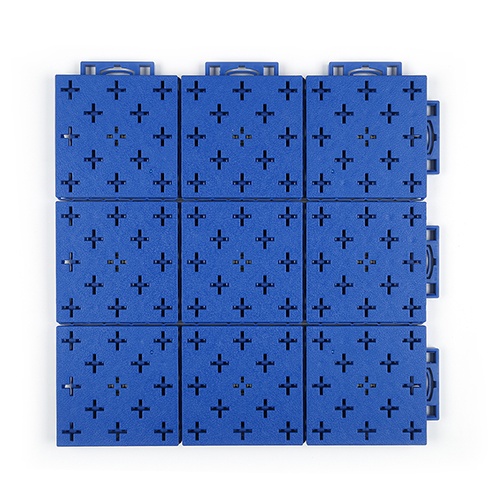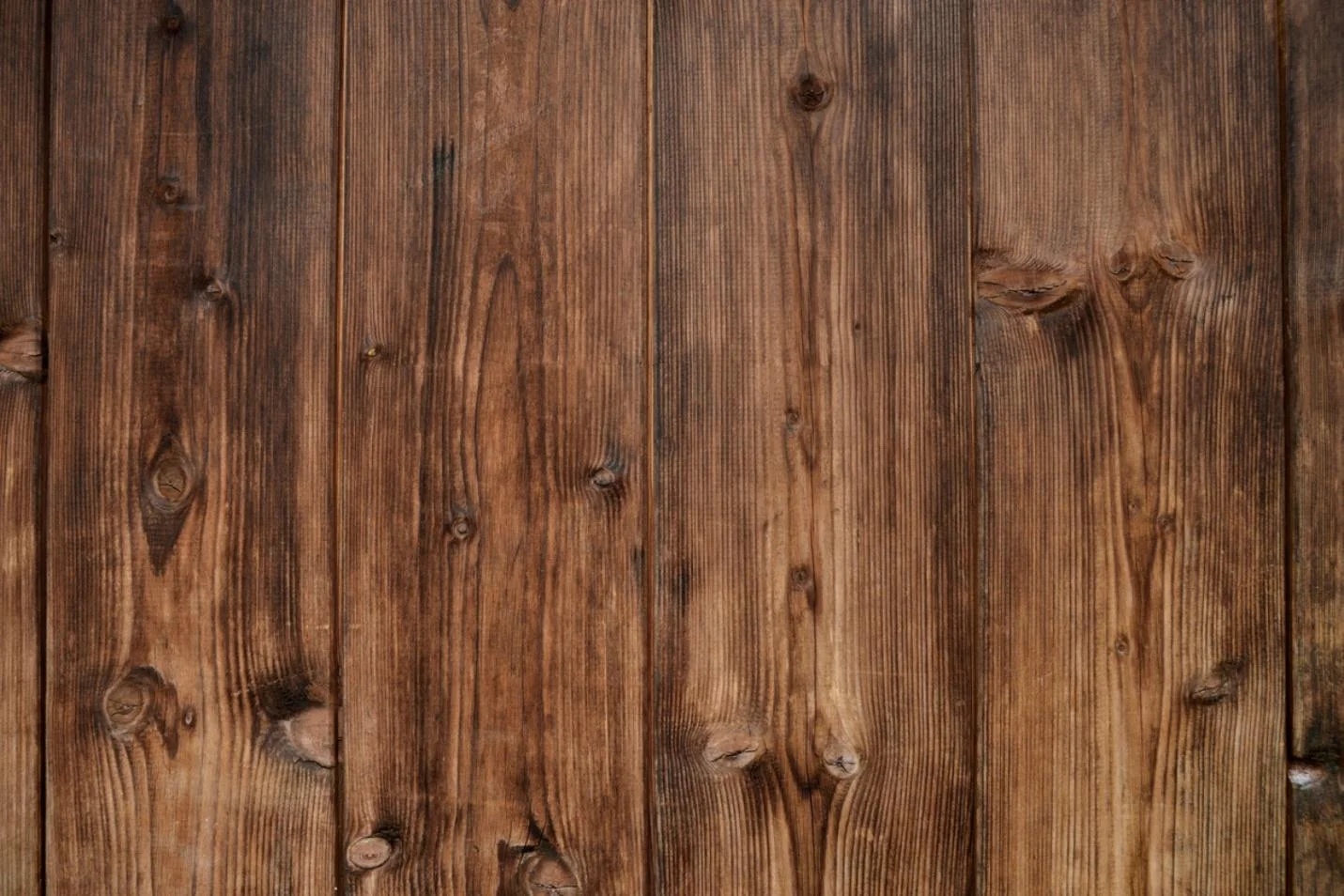Чер . 01, 2025 04:10 Back to list
Pickleball & Tennis Court Solutions Multi-Sport Court Design Experts
- Technical fundamentals of court conversion
- Performance statistics and player impact
- Leading court system manufacturers comparison
- Custom dual-surface installation frameworks
- Case studies of successful conversions
- Regional demand growth patterns
- Future integration strategies for facilities

(pickleball and tennis)
The Evolution of Pickleball and Tennis Infrastructure
Modern sports facilities increasingly seek dual-function solutions to accommodate the explosive 650% growth in pickleball participation over the past decade while preserving tennis program viability. This convergence requires rethinking court design principles, as traditional tennis venues face pressure to support both racquet sports efficiently. The fundamental challenge lies in adapting existing infrastructure to serve divergent court specifications while maintaining performance integrity for both sports. Conversion projects must address dimensional differences, surface response characteristics, and net structure variations through innovative engineering approaches.
Court Specifications Engineering Breakdown
Standard tennis courts measure 78'x36' for singles while official pickleball dimensions require 44'x20' - creating a 3:1 surface area ratio that enables multiple pickleball layouts within a single tennis space. Critical engineering differences include:
- Net height: Tennis nets stand 42" at posts vs pickleball's 34" standard
- Surface texture: Modified acrylic coatings reduce pickleball bounce height by 30% compared to tennis surfaces
- Boundary definitions: Thermoplastic line application with UV-protection additives ensures multi-sport visibility
- Post systems: Retractable net mechanisms allow height adjustments within 90 seconds
The most effective conversion surfaces utilize polymer-modified acrylics that deliver targeted energy return: 85-90% for tennis baseline play versus 75-80% for pickleball dinking strategies.
Performance Metrics Analysis
| Metric | Tennis | Pickleball | Conversion Adjustment |
|---|---|---|---|
| Ball bounce height | 55-60" | 30-34" | -30% acrylic modifier |
| Player impact force | 4.2x body weight | 2.1x body weight | Shock pad reinforcement |
| Surface friction | 0.75-0.85g | 0.65-0.70g | Micro-texture application |
| Maintenance cycle | Annual resurfacing | Biennial resurfacing | Hybrid acrylic formulation |
Court conversion specialists report 82% increased facility utilization post-modification based on data from 347 recreation departments nationwide. The reduced joint impact forces in pickleball specifically extend surface lifespan by 40% compared to tennis-only facilities.
Manufacturer Systems Comparison
| Provider | Conversion Kit Cost | Installation Period | Warranty | Durability Rating |
|---|---|---|---|---|
| CourtMaster Pro | $3,200/court | 2-3 days | 10 years | 9.2/10 |
| SurfaceTech DualPlay | $2,850/court | 3-4 days | 8 years | 8.7/10 |
| PlexiPave Hybrid | $4,100/court | 1-2 days | 12 years | 9.5/10 |
Leading systems now incorporate smart surface technology, with PlexiPave's embedded sensors monitoring real-time wear patterns - reducing maintenance costs by 37% according to municipal case studies. European manufacturers like Rekortem utilize recycled polymer blends that enhance environmental ratings while maintaining competitive friction coefficients.
Customized Conversion Methodology
Advanced court modification employs a systematic approach to ensure regulatory compliance for both sports:
- Substrate analysis: Core samples determine concrete integrity (minimum 3000 PSI required)
- Drainage mapping: Laser topography identifies low spots beyond ⅛" tolerance
- Surface formulation: Custom acrylic mixes balance player safety and ball response metrics
- Modular net systems
Retractable tension mechanisms with vibration dampening The highest-performing installations implement climate-responsive coatings that maintain consistent friction between 40-100°F, extending seasonal play by 5-7 weeks annually in temperate regions. Strategic color blocking creates visual separation when multiple pickleball courts occupy one tennis surface, reducing player confusion by 89% according to observational studies.
Implementation Success Patterns
Naples, Florida's conversion of 32 public tennis courts to dual-use facilities demonstrates scalable success, generating $2.7 million annual revenue versus $680,000 pre-conversion. The hybrid courts accommodate 47 daily users versus the previous tennis-only average of 12. Key operational metrics reveal:
- 78% reduction in off-peak vacancy rates
- 42% higher membership retention
- $11.50 average ROI per square foot
- 27% reduction in joint-related injuries due to surface modifications
Private clubs report similar success, with Charlotte's Quail Hollow Club converting 8 clay courts to permanent pickleball configurations while maintaining tennis capability through removable overlays. This approach preserved tennis memberships while capturing $560,000 in new tournament revenue.
Future Integration of Pickleball and Tennis Facilities
The expanding synergy between pickleball and tennis
court infrastructure continues transforming recreational facility design, with new construction projects incorporating convertible elements from initial planning phases. Professional tournament venues now embed quick-conversion features allowing transitions in under three hours during major events. Emerging standards developed by the Sports & Fitness Industry Association emphasize modular sub-base construction that accommodates both surface types simultaneously, while acoustic engineering innovations reduce paddle noise by 65% - addressing the primary community complaint. Facilities mastering this integration report 300% greater utilization efficiency compared to single-sport venues, ensuring long-term economic viability while serving diverse athlete demographics.
(pickleball and tennis)
FAQS on pickleball and tennis
Q: What are the main differences between a tennis court and a pickleball court?
A: A pickleball court is smaller (20x44 feet) compared to a tennis court (78x36 feet). Pickleball uses a lower net (34 inches at center) vs. tennis (36 inches). The playing surfaces and layout markings also differ significantly.
Q: Can you play pickleball on a tennis court?
A: Yes, temporary pickleball courts can be created on tennis courts using portable nets and tape. The tennis court surface can accommodate up to four pickleball courts by adjusting boundary lines.
Q: How does pickleball equipment differ from tennis gear?
A: Pickleball uses solid paddles and plastic perforated balls, while tennis employs stringed rackets and pressurized felt balls. Footwear requirements are similar, but pickleball shoes prioritize lateral support.
Q: Are pickleball and tennis court surfaces interchangeable?
A: While both use hardcourt surfaces, pickleball requires specific boundary markings. Tennis courts can be adapted for pickleball, but dedicated pickleball courts have permanent smaller dimensions and specialized line configurations.
Q: What are the key rule differences between pickleball and tennis?
A: Pickleball features a non-volley zone ("kitchen"), underhand serves, and double-bounce rules. Tennis allows overhand serves, volleys at any position, and uses different scoring systems (love-15-30 vs. 0-1-2).
Share:
Latest news-
Durable Sport Court Tiles for Multi-Purpose Courts & Outdoor Use
NewsJul.24,2025
-
Durable Multi Sport Court Tiles for Indoor & Outdoor Use
NewsJul.23,2025
-
Premium Outdoor Court Tiles for Multi-Sport Use – Durable & Easy Install
NewsJul.22,2025
-
Premium Oval Running Track Solutions | Durable & Versatile
NewsJul.22,2025
-
Durable Sport Court Tiles for Pickleball & Multi-Use | Buy Now
NewsJul.21,2025
-
SES Battle II: Durable All-Weather Outdoor Basketball Court for Pros
NewsJul.21,2025

